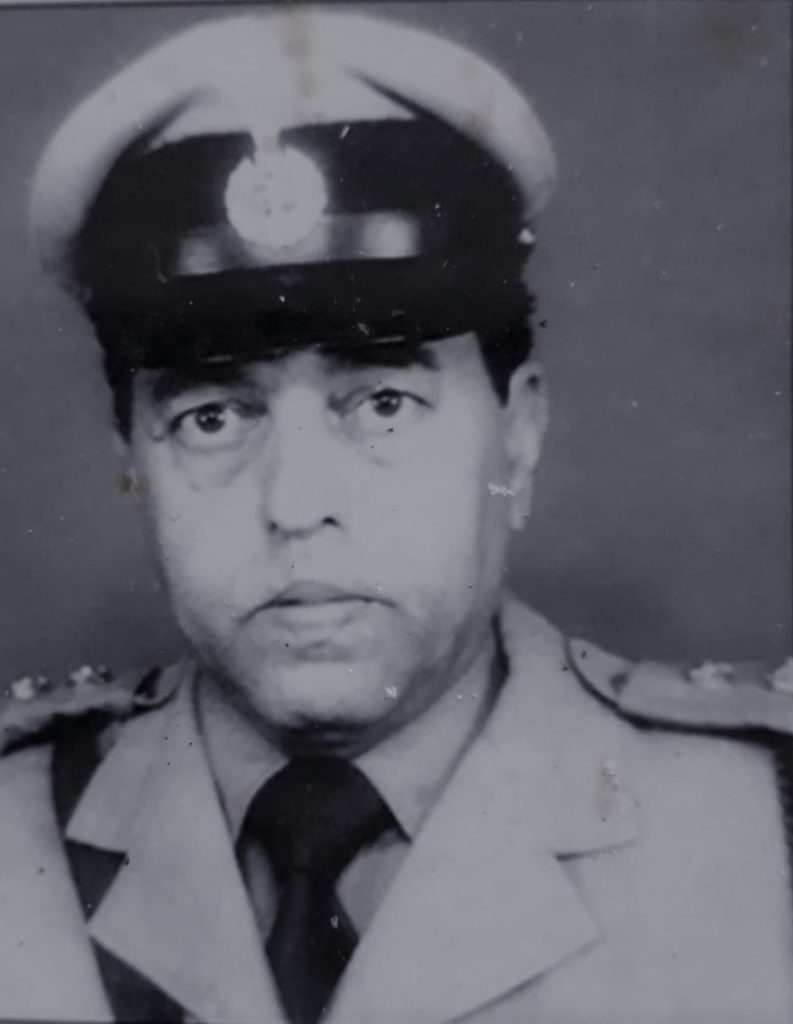It has been a while since my last blog. The Month of May was good despite the ongoing crisis. From physical live training, I was delivering training sessions online. As I sat down to write, my mobile buzzed and there was the breaking news of a famous young actor taking his own life. That set me thinking on what to write. This actor had everything going for him, fame, money, success and adulation. Not only being a good actor he was a good human who donated large amounts of money to charity and his death at his own hands shocked me. I began to wonder why one takes his own life. What made him to do it?
Now if you are all wondering is this going to be a motivational piece of writing. It certainly is not but I have decided to narrate the story of my friend who could have resorted to taking his life but did not. He too had everything going good for him in life. He had a good job, a beautiful family of his wife and son and was living a life of good quality. His job of being an Engineer onboard, a ship that took him all around the world and what not. In the year 2001, he was sailing along with his family and was incredibly happy as he was to sign off from the ship and head home as soon as the ship reaches Durban, South Africa the next day.
But life has its own twists and turns, fate has its own agenda and as the ship was cruising on the highseas, a big loud sound shattered it all. There was a huge explosion in the engine room of the ship and soon the entire ship’s engine room was on fire. He was caught bang in the middle of it all and before he could realize what was happening, all hell broke loose. He bore the brunt of it as he was very near to the explosion. Thank God as sailors were well trained in Emergency situations and large ships are equipped with the best firefighting systems, he was saved and his fellow sailors got him out of the inferno.
He suffered burns all over his upperbody and his life was in grave danger. The pain was unimaginable and the suffering was something only that person can understand. From the ship, he was shifted to a Hospital in Durban, South Africa, after 3 days for treatment. He was there in the hospital for almost 6 months. Then he was shifted to Nellore, Andhra Pradesh his hometown in India where he continued to be in hospital. He fought on every day not knowing whether he would be alive to see the next day. If not the pain, the trauma of it all, the recurring nightmares could have killed him. His relatives had given up hope of his survival and even instructed his wife to forget and move ahead in life. Indian Women are sentimental, emotional and very spiritual in nature. She had unflinching faith in God and that he would make it back. She nursed him, cared for him, prayed for him and motivated him to survive the most testing time of his life.
It is said when prayers go up, blessings descend and it was the prayers of whomsoever concerned about him through which the miracle of saving him was possible. He came out of the hospital and started his own business and today with two of my school mates, he has started an International School in Hyderabad providing a Comprehensive Education. He makes sure that every year there is a fire fighting training done at the school and all the teachers, support staff and students are trained on it. The scars are still there which serve as a grim reminder of the nightmare but they also tell a story of a man who never gave up.
PROUD OF YOU MY FRIEND and want you keep inspiring all of us. I never knew all this as we had lost contact for many years till we all met back in 2011. When he told me about this incident, I just could not believe it. He could have taken his life unable to bear the suffering but he did not. Not only him, there are countless people who suffer in Fire accidents and hence the responsibility is on all of us to keep our Homes and work places or any place for that matter Fire-Safe. The scars o the burns heal over time but the mental scars remain for a long time.
Fire safety is Everyone’s job and it does not have a holiday. The fire of life is too precious to be snuffed out.
Till my next blog, stay safe and be safe.
Seshadri Varadarajan.
9840814353.








